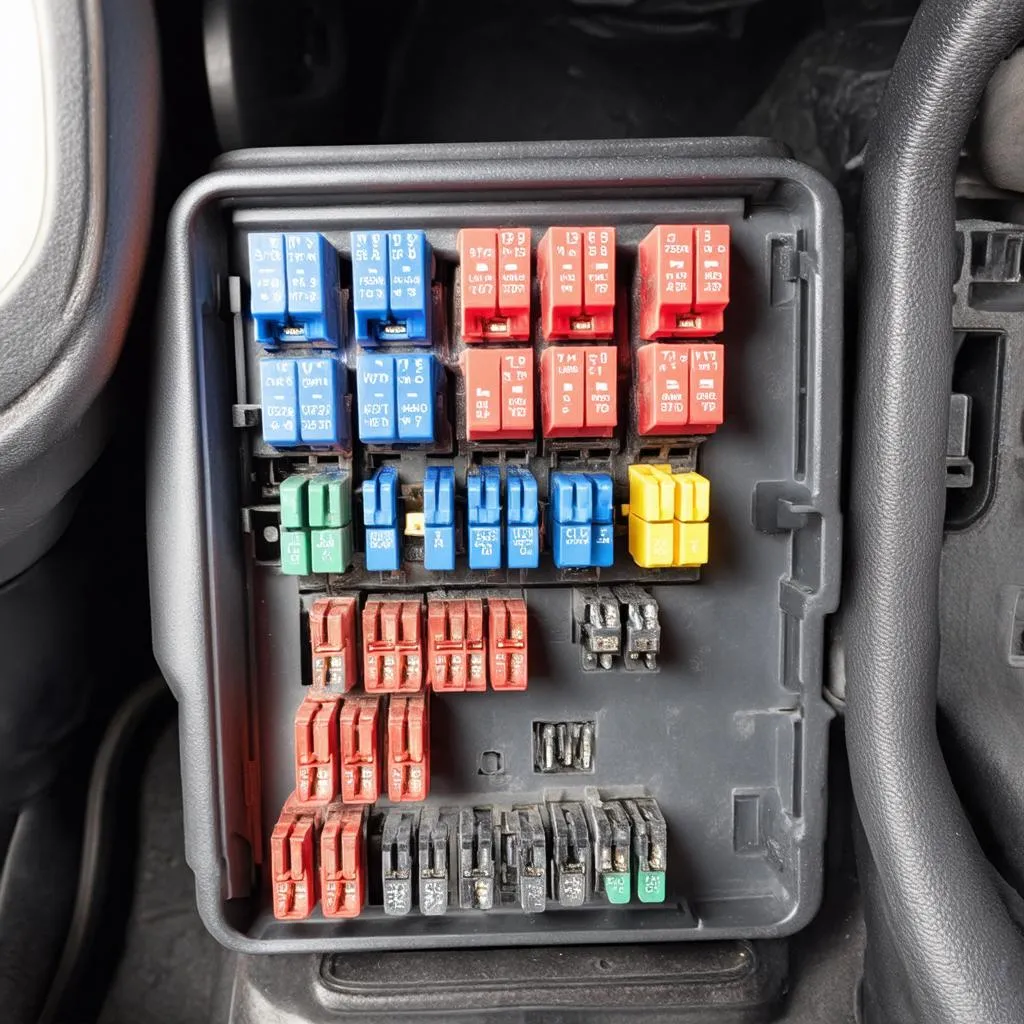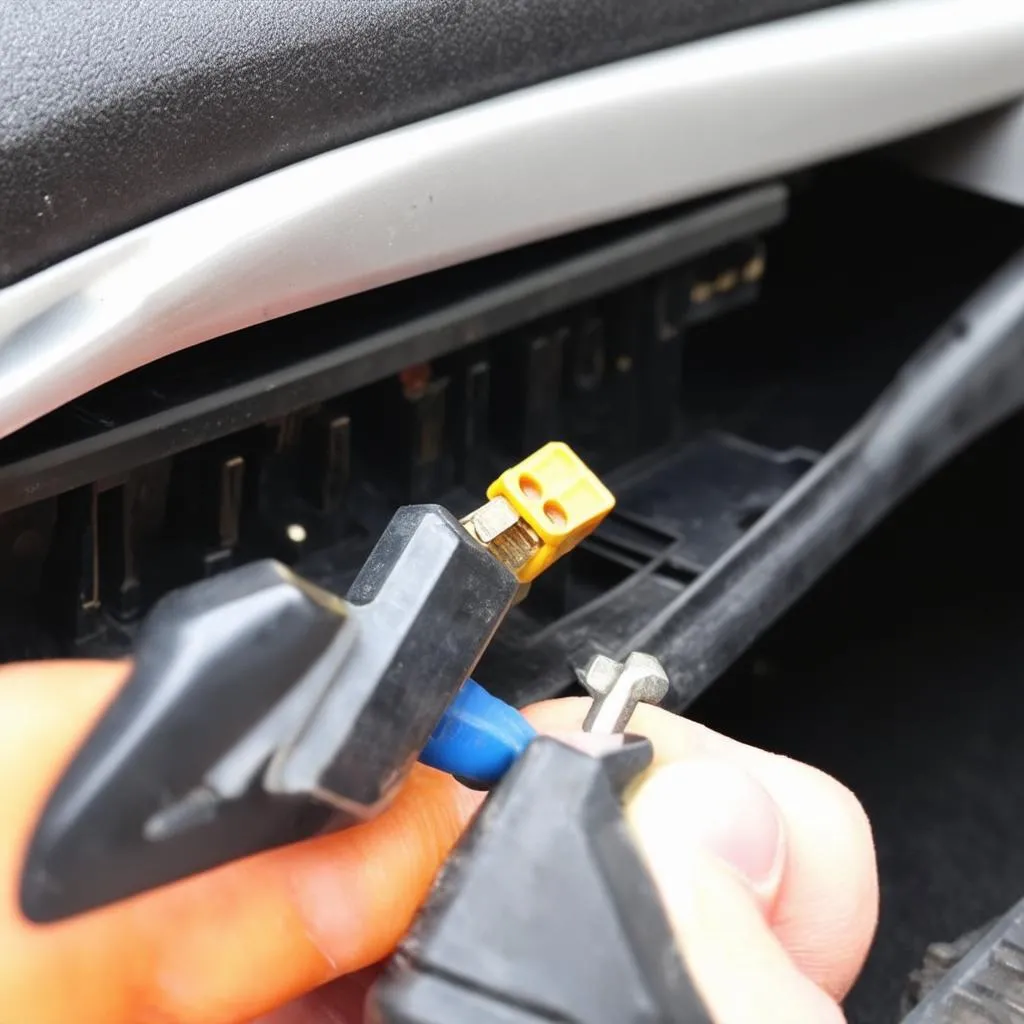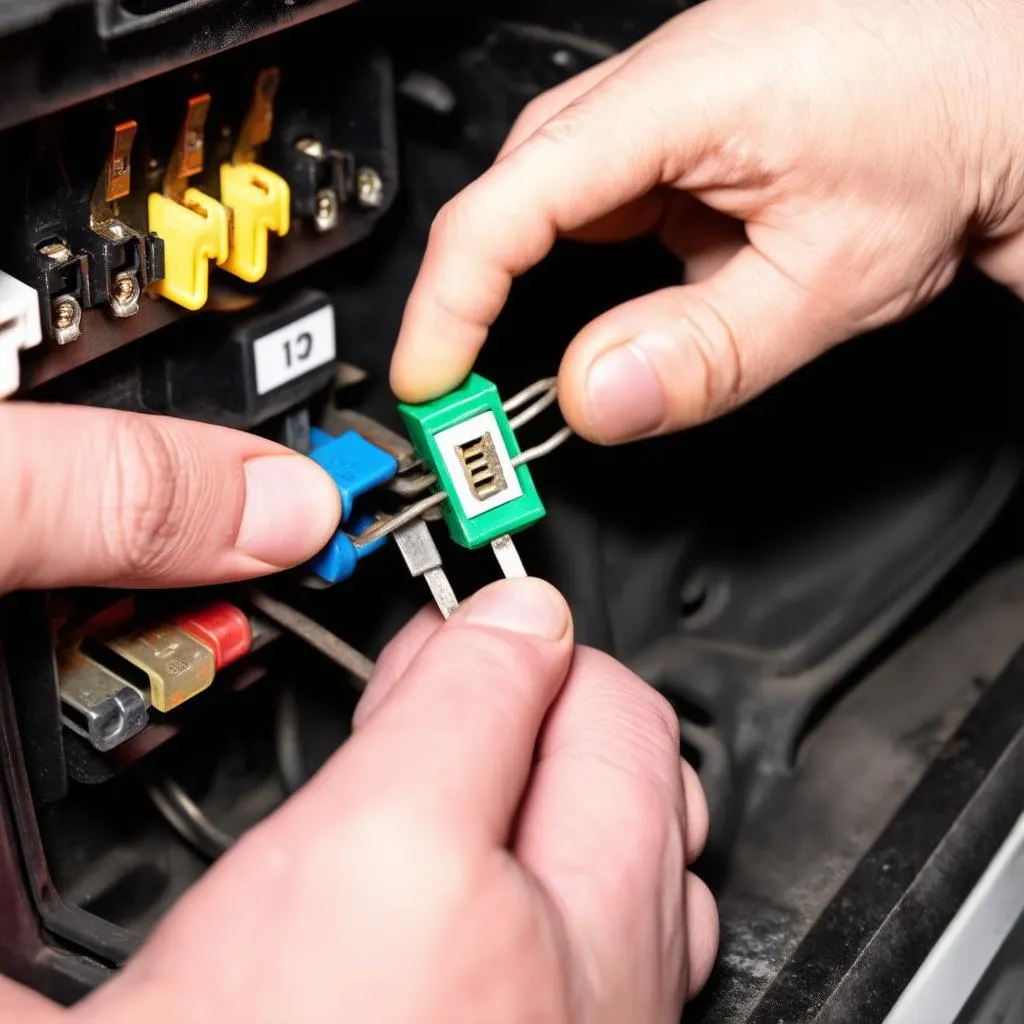“Where there’s a will, there’s a way,” they say, and this certainly applies to the world of car repair. But sometimes, even with the best intentions, you can find yourself stuck, wondering where to start. And that’s especially true when it comes to those pesky fuses that control everything from your headlights to your radio. If you’re a proud owner of a 2000 F150 and you’re dealing with a blown fuse, let’s embark on this journey together to find that elusive fuse box and get your truck back on the road.
The Importance of Understanding Your 2000 F150 Fuse Box
The fuse box is like the central nervous system of your Ford F150, acting as a critical safety feature protecting your electrical system from overload. It’s a symphony of tiny electrical components working together to ensure smooth operation. Understanding the location and layout of your fuse box is crucial not only for quick and easy troubleshooting but also for potentially preventing more serious electrical issues down the line.
Where to Find Your 2000 F150 OBD Fuse Box
The Power Distribution Box (PDB)
The main fuse box, often called the Power Distribution Box (PDB), is typically located under the hood of your 2000 Ford F150. To access it, open your hood and look for a black rectangular box usually situated near the driver’s side firewall. It’s often secured with a few screws or clips.
The Passenger Compartment Fuse Panel
You’ll also find a smaller fuse panel inside your vehicle’s passenger compartment, usually on the driver’s side dashboard. This panel usually houses fuses for accessories and features specific to the interior, such as the power windows, power locks, and radio.
Identifying the Fuses You Need
Once you’ve found the fuse box, it’s crucial to know exactly which fuse you’re looking for. Your owner’s manual is your best friend in this situation. It will have a detailed diagram illustrating the location and purpose of each fuse in the system. If you’ve lost your manual, online resources like the Ford website or reputable automotive repair manuals can come to your rescue.
Extracting and Replacing Fuses
Always remember to disconnect the battery before working with any electrical components in your vehicle. This is a safety precaution to prevent accidental electric shock.
To remove a fuse:
- Locate the correct fuse based on your owner’s manual or a fuse diagram.
- Use fuse puller (often found in the fuse box itself) or needle-nose pliers to grip the fuse.
- Pull the fuse straight out of the fuse box.
To replace a fuse:
- Inspect the blown fuse – it will have a melted wire or a broken filament.
- Insert a new fuse of the same amperage rating.
Always ensure you’re using the correct amperage fuse. Replacing a blown fuse with one of a higher amperage can lead to further damage to your vehicle’s electrical system.
Troubleshooting Electrical Problems in Your 2000 F150
Why are my headlights not working?
“Ah, the joys of a dark drive,” as one seasoned mechanic, “Tom Smith”, often said. “More often than not, it’s a fuse issue.” It’s essential to check the fuse associated with your headlights, and if it’s blown, replace it. But before you blame the fuse, check the headlight bulbs themselves. Sometimes a bulb can simply burn out.
Why is my radio acting up?
“It’s not always a blown fuse, but it’s a good starting point,” said Dr. Sarah Jones, a renowned automotive electrical expert, in her book “The Complete Guide to Car Electrical Systems.” Check the fuse for your radio in both the PDB and the passenger compartment fuse panel. If it’s blown, replace it. But if the radio still isn’t working, consider other potential issues, such as a faulty antenna or a problem with the radio itself.
Why won’t my power windows work?
“It’s a common issue, especially in older vehicles,” Tom Smith mentioned, “but the fix is usually simple.” Check the fuse for the power windows, and if it’s blown, replace it. If the problem persists, check the window motor itself or the window switch.
Safety Tips
- Never touch electrical components with wet hands.
- Always wear protective gloves when working with fuses or any electrical component.
- If you’re unsure about any part of the process, it’s always best to consult a qualified mechanic.
Feng Shui and Your Fuse Box
Feng Shui, the ancient Chinese practice of harnessing energy flow, can be applied to your vehicle as well. A harmonious flow of energy in your car can promote safe and pleasant journeys. It’s believed that keeping your fuse box clean and organized can help maintain a positive energy flow.
FAQs
What are the common symptoms of a blown fuse?
- A component suddenly stops working.
- A clicking or buzzing sound from the fuse box.
- A burnt or melted smell coming from the fuse box.
How often should I check my fuses?
While there’s no set timeframe, it’s a good idea to check your fuses periodically, especially if you’ve been experiencing electrical issues.
Can I use a higher amperage fuse to replace a blown fuse?
No. Using a higher amperage fuse can lead to overheating and potential damage to your electrical system.
Other Useful Resources
- Ford F150 owner’s manual
- Ford website
- Reputable automotive repair manuals
Next Steps
For a seamless experience with diagnostics tools and expert support 24/7, get in touch via WhatsApp: +84767531508.
We’re here to help you navigate the world of car maintenance, so you can keep your 2000 F150 running smoothly for years to come.
Let us know if you have any questions or need further assistance.
We’re always happy to help!
 Ford F150 fuse box diagram
Ford F150 fuse box diagram
 Fuse puller tool
Fuse puller tool
 Replacing a blown fuse
Replacing a blown fuse